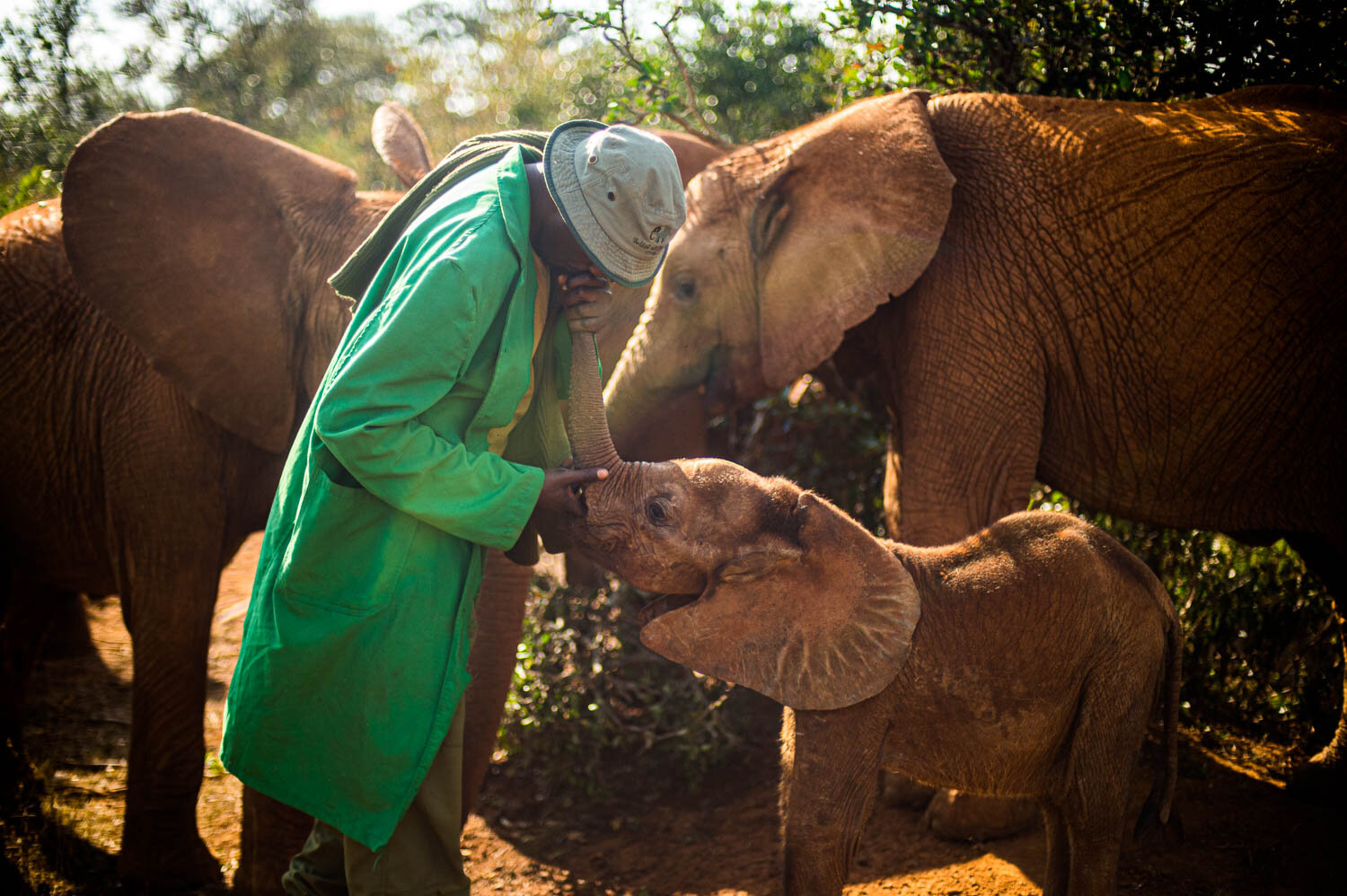
INSIDE THE WAR ON WILDLIFE CRIME
Wildlife crime not only threatens nature’s most iconic species, but exacerbates poverty and corruption, funding an entire spectrum of international crime.
Sudanese Janjaweed militiamen, believed to be responsible for the massacre of hundreds of elephants earlier this year, are on the move again in Central Africa. Intelligence sources indicate that they are intent on shooting more elephants, profiting from wildlife crime to fund their terrorist activities.
Governments like Gabon are becoming increasingly alarmed by the threat posed by wildlife trafficking to national security. Rebel groups, drug syndicates and even terrorist networks have seen an opportunity to profit from a low risk, high reward criminal enterprise.
To safeguard its remaining elephants, Gabon President Ali Bongo has quadrupled the number of park rangers in the country. Bongo also presided over the burning of $10 million of illegal ivory seized from poachers, to ensure that none leaked back into the illegal trade.
On the other end of the trade, the final products are nearly unrecognizable. Jewellery and amulets made from ivory are sold in up-scale, air conditioned Thai boutiques whilst other animal parts are used in traditional medicines.
Wildlife crime not only threatens nature’s most iconic species, but exacerbates poverty and corruption, funding an entire spectrum of related international crime. These images trace the story from beginning to end, across continents, offering a sense of the fragility of the human lives that lie in its wake.



































